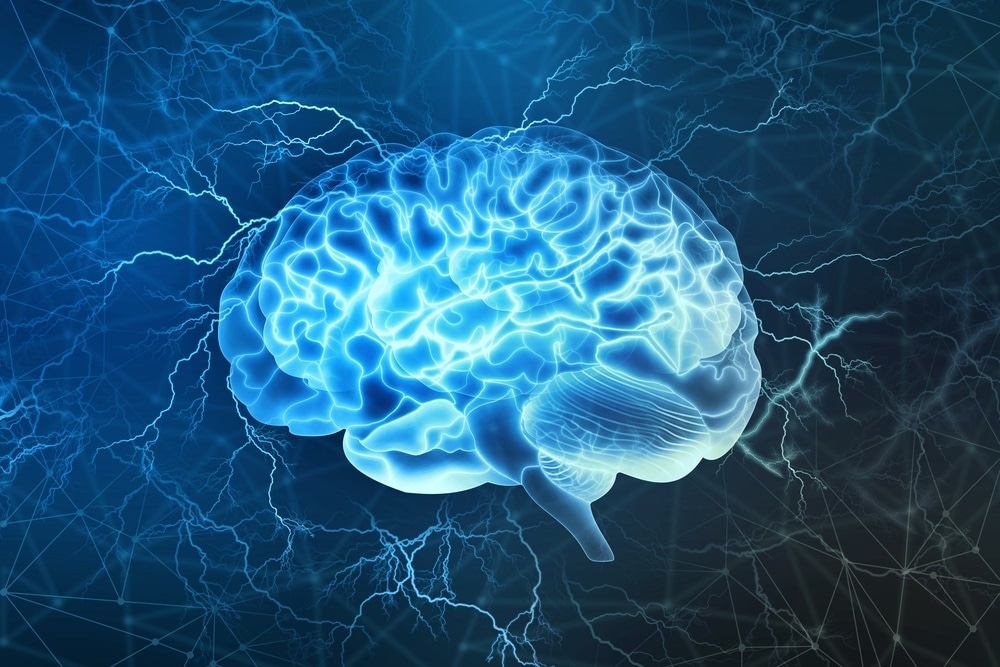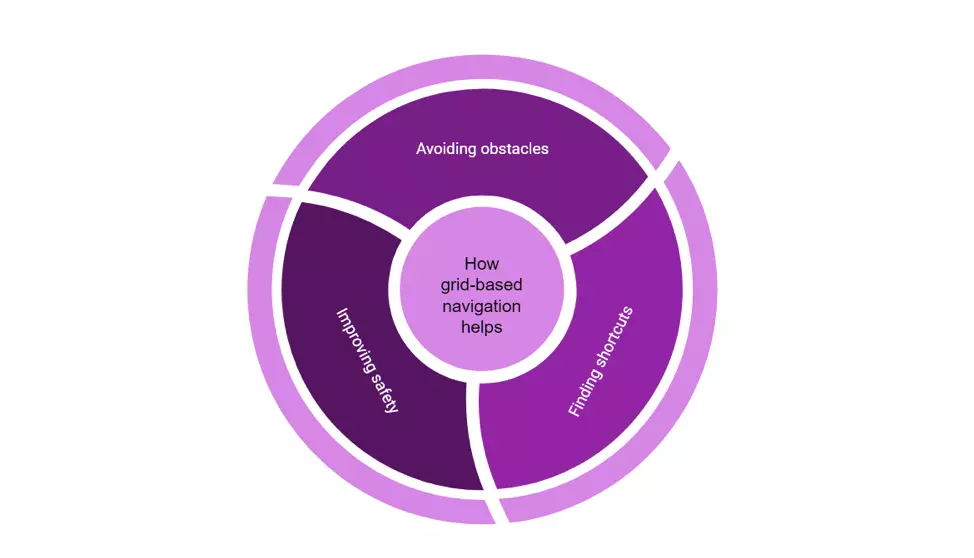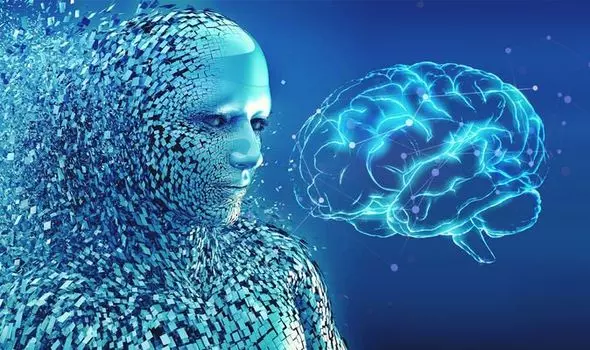Comments
- No comments found

The brain is the most complex part of the human body and artificial intelligence can unlock its potential.
Artificial intelligence can translate raw data from brain activity, paving the way for new discoveries and a closer integration between technology and the brain.
Our bain contains billions of nerve cells arranged in patterns that coordinate thought, emotion, behavior, movement and sensation. The brain sends and receives chemical and electrical signals throughout our body. Different signals control different processes, and our brain interprets each. Some make you feel tired, other signals make you feel energetic.
The human brain is intrinsically wired to perform navigation and find the shortest and the most convenient route to a destination.
Using machine learning algorithms, scientists are training artificial intelligence (AI) to navigate by emulating the brain’s spatial navigation processes.
AI, powered by machine learning and deep learning algorithms, can perform human-like functions, such as mathematical calculations, logical decision-making, and pattern recognition. This has led to AI becoming a part of our everyday life. However, despite the tremendous progress achieved in the field of artificial intelligence, the technology has not been able to completely replicate all brain functions. The reason for this is the complexity of the brain structure and the lack of knowledge about certain brain functions. The intrinsic human ability to navigate the surrounding space and move towards any given destination had been scientifically inexplicable, until recently. About a decade ago, few Norwegian scientists discovered the brain parts that are responsible for the human sense of spatial positioning and navigation. Tracking the activation patterns of these parts has led scientists to learn more about how our brain helps us navigate. This knowledge is now being used to create machine learning algorithms that can emulate the human brain activities to enable AI to navigate in the physical world.

The human brain consists of billions of cells, with different groups of cells responsible for different functions. The human spatial reasoning and positioning system functions because of three types of cells, each performing a specific function. One group of cells, the ‘Place’ cells are responsible for remembering the previously accessed locations. Another group of cells, the ‘head direction’ cells, maintain the sense of direction, and the third group of cells, called ‘grid cells’ that divide the actual physical space into a coordinate system divided into hexagonal grids to create an internal map. These cells work in tandem with each other to enable us to explore new places, evade obstacles, remember the previously visited locations, and to determine the shortest possible path between two points.

Until recently, AI navigation was attempted using reinforcement learning, which isn’t effective at enabling spatial navigation, or at least not as effective as the human brain. The identification of brain regions and cells that are activated while navigating and their different functions have allowed data scientists at Google’s DeepMind labs to come up with a way to enable AI to navigate like humans and other animals. The ability to trace the shortest path to a destination, also known as vector-based navigation, can now be developed and incorporated into AI systems for improved navigation capabilities. This is done by programming algorithms and neural networks to function as the grid cells in our brain. Replication of grid cell activities can enable AI applications such as robots and self-driving vehicles to position and navigate themselves in different environments to reach from any source to any destination.
The discovery of the grid cells and the replication of their functioning through machine learning algorithms to enable AI to navigate is a significant technological breakthrough. However, in the grand scheme of things, it is just another step towards creating machines that can autonomously conduct themselves in the real world. Regardless of significance, the impact of this breakthrough is undeniable, as it will improve self-operated machines enough to provide us with practical benefits in the immediate future.
Naveen is the Founder and CEO of Allerin, a software solutions provider that delivers innovative and agile solutions that enable to automate, inspire and impress. He is a seasoned professional with more than 20 years of experience, with extensive experience in customizing open source products for cost optimizations of large scale IT deployment. He is currently working on Internet of Things solutions with Big Data Analytics. Naveen completed his programming qualifications in various Indian institutes.
Leave your comments
Post comment as a guest